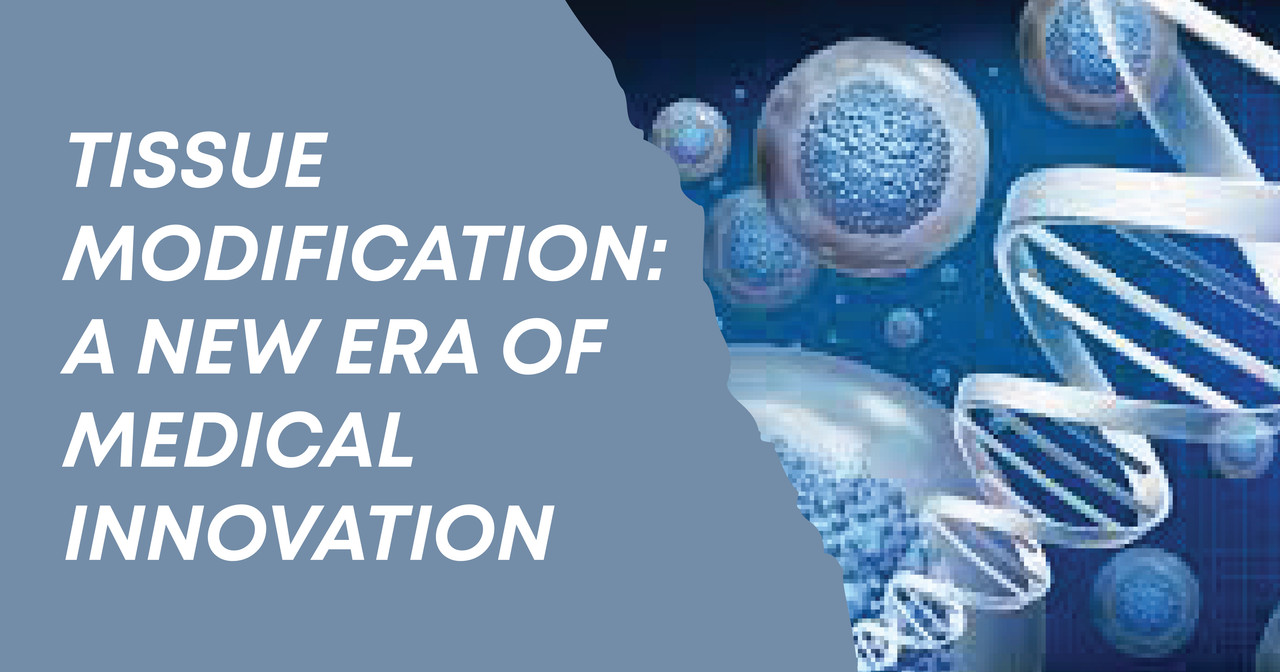
In recent years, the concept of tissue modification has been slowly creeping into the realm of possibility in medicine, and it’s turning heads. Whether it’s repairing damaged tissues, growing organs from scratch, or even creating personalised treatments for patients, tissue modification is pushing the boundaries of what was once thought possible. It’s not just a far-off dream—it’s already happening, and it’s changing the way we approach healthcare.
What Exactly Is Tissue Modification?
Tissue modification refers to altering, repairing, or creating biological tissues to restore their function or help treat various medical conditions. Think of it like a new tool in the medical toolbox, allowing doctors to regenerate damaged skin, cartilage, or even organs. In some cases, it might mean growing new tissue in a lab, while in others, it could involve using techniques like stem cell therapy to regenerate damaged tissues naturally.
It’s an area of medicine that’s incredibly promising, especially when we consider the long-standing challenges we face with organ transplants, chronic injuries, and degenerative diseases. Tissue modification could give us the ability to repair or replace damaged tissue with something custom-made for the patient, leading to better recovery rates and fewer complications.
How Does It Work?
The process behind tissue modification is complex, but it revolves around a few key elements: biotechnology, advanced tools, and surgical expertise. For one, sophisticated equipment like bioreactors and tissue scaffolds are used to grow new tissue in the lab. In many cases, stem cells are harnessed to encourage natural tissue regeneration. Once the new tissue is grown or modified, it can be used in transplants or to repair damaged areas in the body.
And behind all of this? The equipment. From imaging systems that let doctors see at a cellular level to robotic surgical tools that assist in delicate procedures, every step of tissue modification requires highly specialised medical equipment. This is where a medical equipment shop plays an essential role. These shops are home to the tools and devices healthcare professionals need to carry out these advanced treatments.
In addition, a surgical supply store ensures that doctors have access to all the surgical instruments they need to perform the delicate procedures involved in tissue modification. Whether it’s for creating precise incisions or handling the new tissue carefully during surgeries, having the right tools can make a world of difference.
How Tissue Modification Could Change Healthcare
The potential of tissue modification in medicine is huge. For example, think about organ transplants. Right now, the biggest problem is the shortage of organs, and many patients wait years for a match. But with tissue modification, we could potentially grow organs in a lab using a patient’s own cells. Not only would this address the organ shortage, but it would also eliminate the risk of organ rejection, making transplants safer and more effective.
In the world of regenerative medicine, tissue modification could provide solutions for a range of conditions that are difficult to treat. Take osteoarthritis, for instance—tissue modification could offer ways to regenerate cartilage, helping patients avoid joint replacement surgeries. For people with spinal cord injuries, new tissue could potentially help restore lost function. The possibilities are truly groundbreaking.
And as exciting as all of this is, it can only happen if healthcare providers have access to the best equipment available. Whether it’s state-of-the-art imaging systems, precision surgical tools, or tissue-culturing equipment, medical equipment shops and surgical supply stores provide the necessary resources to make tissue modification a reality.
What’s Next for Tissue Modification?
As we look toward the future, tissue modification is poised to continue evolving. With advancements in 3D printing, stem cell research, and gene editing, the next few years could bring even more exciting developments. Imagine a future where doctors can grow organs at will or regenerate tissues with a level of precision never before possible. The potential is enormous.
For healthcare professionals, staying at the cutting edge of these innovations will be crucial. That’s where the role of medical equipment shops and surgical supply stores becomes even more important. These resources will continue to provide the tools needed to carry out these groundbreaking procedures.
In Conclusion
Tissue modification is shaping up to be one of the most revolutionary fields in modern medicine. From growing new organs to repairing damaged tissues, the potential benefits are vast. The role of medical equipment shops and surgical supply stores in providing the right tools for these advancements cannot be overstated. As technology continues to advance, healthcare professionals will be better equipped to make these incredible innovations a reality, improving patient outcomes and shaping the future of medicine.